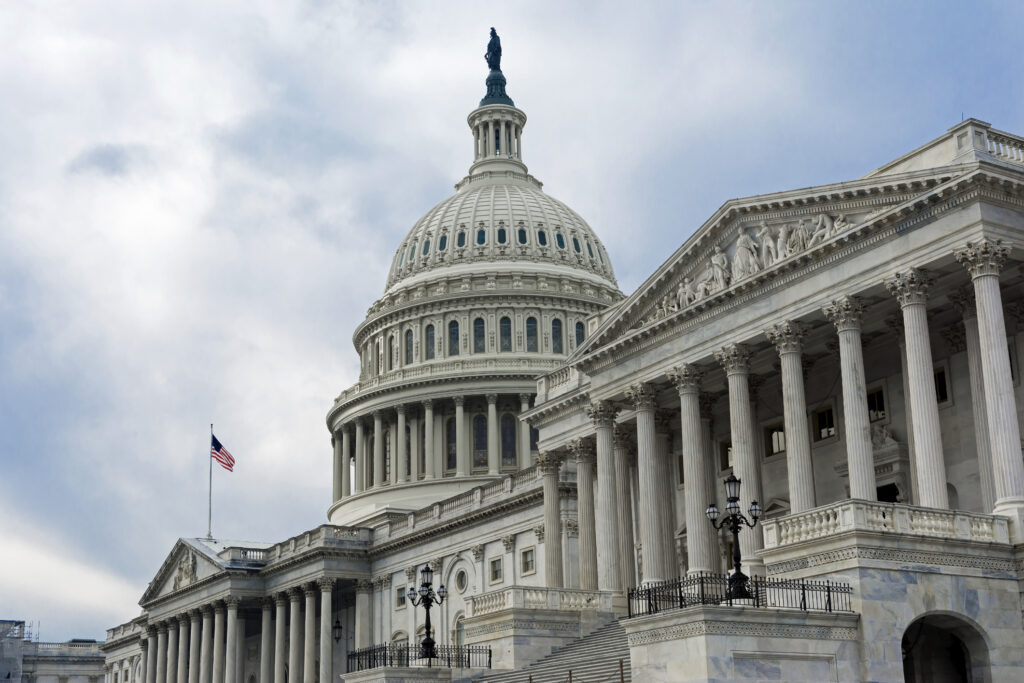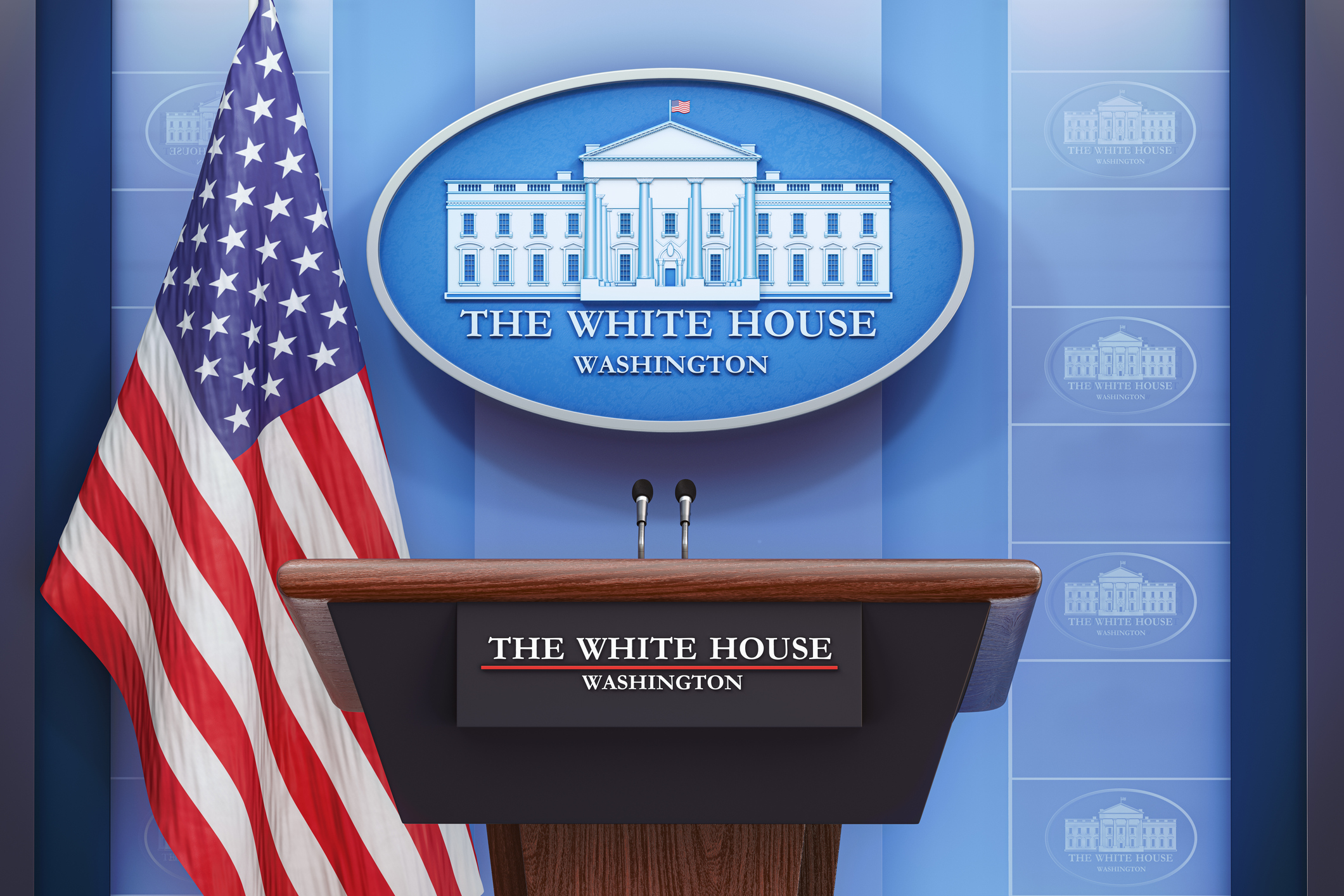
In May 2025, the U.S. House of Representatives passed H.R. 1 — officially and unironically named the “One Big Beautiful Bill Act” — a sprawling legislative package advanced via the budget reconciliation process that contains the Trump administration’s tax, energy, immigration, defense, and health-care priorities. The reconciliation process will permit passage with a simple majority in the Senate, shielding it from filibuster but limiting its contents to provisions with direct fiscal impact.
Passed along partisan lines in a 215–214 vote in the House, the One Big Beautiful Bill Act (BBB) is a wide-ranging policy vehicle designed to memorialize and extend the Trump-era tax framework, recalibrate entitlement eligibility, dismantle key portions of the Democrats’ 2022 climate law, and restructure federal health and education policy with a pronounced deregulatory and nativistic tilt. Structurally, the bill was assembled from the submissions of eleven House committees, each operating under strict budgetary instructions embedded in the fiscal 2025 budget resolution (H. Con. Res. 14). The Congressional Budget Office and Joint Committee on Taxation estimated that the measure’s tax changes and other provisions would increase the U.S. budget deficit by a net $3.8 trillion from fiscal 2025 through 2034. The bill would also increase the debt limit by $4 trillion.
Taxation Changes
At its core, the bill represents the Republican majority’s attempt to permanently enshrine the tax and regulatory framework of the Trump era. Its primary fiscal maneuver would be the indefinite extension of the 2017 tax cuts, including the lower marginal income rates, the enhanced standard deduction, and the generous treatment of pass-through business income.
The bill’s most immediate function would make the 2017 tax cuts permanent, with additional reductions layered atop them. These included:
Marginal Rate Continuation
Locking in the lowered personal income tax rates, with an inflation adjustment that disproportionately benefited high earners. The measure would permanently extend, starting in 2026, the lower rates for individuals established under the 2017 law.
Standard Deduction Expansion
Temporarily enlarged for middle-income filers. The measure would permanently extend the enhanced standard deduction. It also would add an extra year to the existing inflation adjustment. Additionally, the measure would temporarily increase, for tax years 2025 through 2028, the standard deduction by an additional $1,000 for individual filers and $2,000 for joint filers.
SALT Cap Adjustments
Raised to $40,000 in 2025, with inflation indexing thereafter — a partial concession to representatives from high-tax states.
Child and Senior Deductions
Temporarily increased child tax credits and created a new $4,000 deduction for seniors, a workaround to avoid directly exempting Social Security from taxation. The measure would increase the maximum amount of the child tax credit by an additional $500 for tax years 2025 through 2028. It would permanently revert to $2,000 afterward and would be adjusted annually for inflation.
Spending Cuts
The bill contains several cost-saving measures, though many are speculative.
Medicaid and SNAP Work Requirements
Modeled on early 21st-century proposals, these provisions would impose mandatory employment or community engagement thresholds for eligibility.
Energy Credit Rollbacks
Of note would be the bill’s wholesale dismantling of the clean energy efficiency credits enacted just three years earlier in the Inflation Reduction Act of 2022. Clean energy tax credits would be either phased out or aggressively repealed, and many would be retroactively invalidated through adjusted eligibility criteria or narrowed transferability. Electric vehicle incentives would be eliminated, fuel economy and emissions rules rescinded, and permitting fossil fuel infrastructure would be fast-tracked through statutory overrides and judicial review limitations.
Healthcare Cuts
Federal funding would be withdrawn for a broad range of healthcare services, particularly those involving reproductive rights, gender transition procedures, and care provided to immigrants without a narrow set of legal statuses. The Affordable Care Act (ACA) would not be repealed outright, but would be weakened through altered subsidy rules, enrollment barriers, and expanded insurer discretion.
Novel Provisions
Among the more notable features:
Trump Accounts
A quasi-educational trust for U.S. citizens born after 2024, modeled on Roth IRAs and 529 plans, with embedded capital gains treatment and income limits. Viewed as a political brand vehicle as much as a policy instrument.
CHOICE Arrangements
Codification and renaming of individual-coverage HRAs, enabling employer contributions toward non-group market insurance plans — a structural shift in benefit design.
Artificial Intelligence Preemption
The reconciliation package also took steps to federalize certain digital regulatory powers. Most prominently, it imposed a decade-long moratorium on state and local laws governing artificial intelligence (AI) in interstate commerce — reflecting the desire to control the emergent technological domain at the federal rather than local level. The Commerce Department would be simultaneously tasked with deploying half a billion dollars toward the modernization of federal IT infrastructure using AI-based automation.
Regulatory Rollbacks
The bill would also repeal or delay a wide swath of federal regulations, including:
EPA Rules
Emissions standards for passenger and heavy-duty vehicles would be revoked. The measure would repeal two EPA rules: one to require stricter emissions standards for passenger vehicles starting in 2027 and another rule to require stricter standards for 2023 and later model-year vehicles.
Medicare Drug Pricing Reforms
Narrowed in scope, with specific exemptions granted to multi-indication orphan drugs. Starting in 2028, the measure would expand exemptions for “orphan drugs” — which treat rare diseases — from the Medicare drug price negotiation program.
Nursing Home Staffing Mandates
HHS would be directed to immediately pause through 2034 the implementation and enforcement of a Biden administration regulation setting minimum staffing levels at nursing homes.
Immigration and Eligibility
Immigration status would be made a central filter for eligibility across numerous benefit programs, including Medicare, Medicaid, and ACA subsidies. Federal Medicaid funding would be conditioned upon states excluding most noncitizens, and penalties would be imposed on jurisdictions that expanded access beyond a narrowly defined cohort. These measures would be accompanied by increased fees on immigration services, expanded funding for border security, and the restriction of scholarship tax credits to exclude nonprofits associated with terrorism — a provision already raising constitutional concerns.
ACA & Medicare Restrictions
Barred numerous noncitizen categories from receiving subsidies or enrolling in government health programs.
SNAP and Medicaid
Substantial limitations on immigrant participation, with enhanced verification mandates and FMAP penalties for states offering broader access.
Latest News
Photo credit: iStock.com/sommart In 2025, state governments across the U.S. are advancing initiatives to improve administrative efficiency and modernize civil service, adopting tailored strategies to better serve residents. Recognizing the importance of adaptability, innovation, and [...]
Photo credit: iStock.com/BackyardProduction Governor Josh Shapiro delivered his 2025-26 budget address, outlining economic initiatives, public safety measures, infrastructure improvements, and education funding. His speech emphasized continued investment in key sectors to strengthen Pennsylvania’s [...]
Photo credit: iStock.com/Bet_Noire On January 20, 2025, Donald Trump was inaugurated as the 47th President of the United States, marking the beginning of a second term in office. Trump immediately set the tone for the [...]
Photo credit: iStock.com/Castle City Creative The U.S. president's cabinet is a cornerstone of the executive branch, serving as the president’s closest advisors and leaders of the federal government’s major departments and agencies. Established through [...]






Stay In Touch